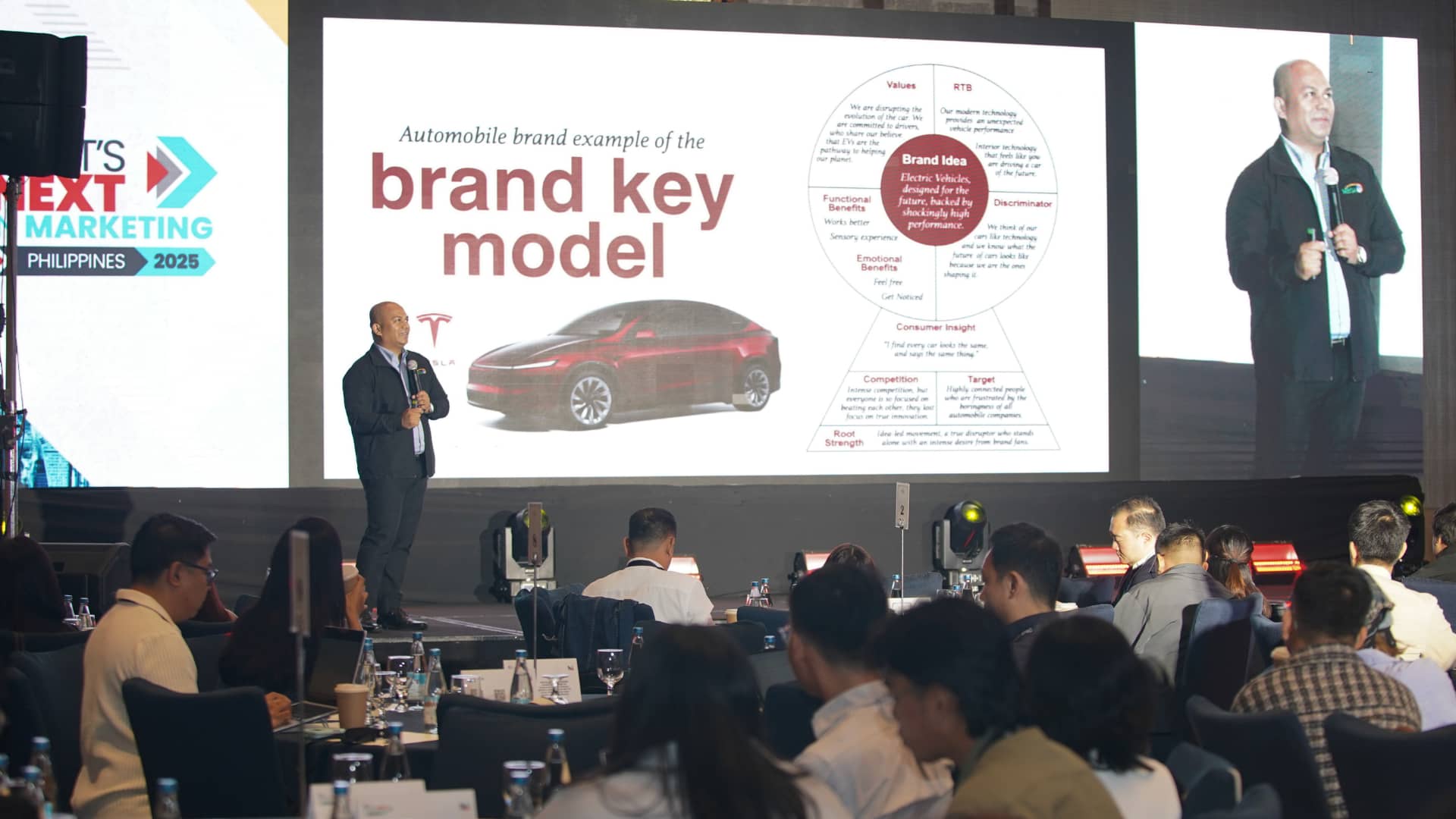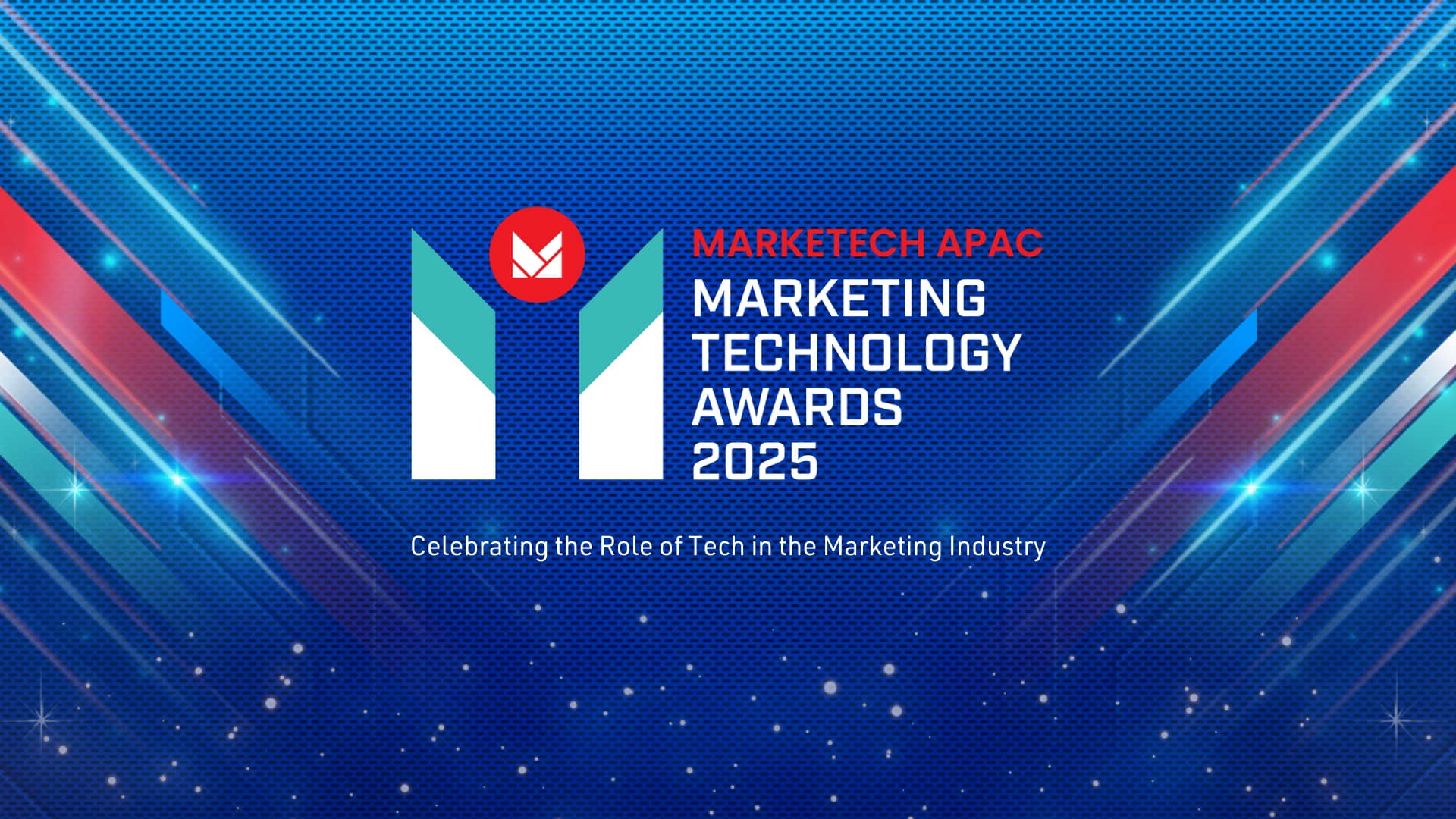If a brand’s media strategy is still chasing conversions, then it’s not leading—it’s being led. Measuring marketing effectiveness through last-click attribution is like judging a football match based solely on the final goal. Yes, the score matters. But what about the positioning, the teamwork, the creative flair, and the strategy that led to it? That’s where the magic—and the meaning—happens.
Today’s marketers are caught in a performance feedback loop, intoxicated by dashboards that glow with real-time data: clicks, conversions, cost-per-acquisition. These numbers provide a sense of certainty, a tangible result to justify investment. But they fail to capture the nuance of human behaviour. Real influence doesn’t reside in spreadsheets—it lives in memory, emotion, culture, and context.
“What changed the customer’s mind might not be the last thing they saw, but the first thing they felt.”
The Real Work Happens in the Middle
Consumer journeys aren’t funnels anymore. They’re not neat or linear. They’re chaotic, emotional, deeply personal—and heavily shaped by relevance and timing. A single Instagram post might spark curiosity. A recommendation from a friend might deepen trust. A nostalgic moment during a subway ride might ignite connection. But legacy attribution models reward only the last touch, ignoring the subtle, strategic layers that built momentum.
The player who scores gets the headline, but it’s the invisible buildup—the pass, the opening run, the defensive decoy—that truly shaped the outcome. Likewise, marketing ROI isn’t the product of one click. It’s collaborative. It’s cumulative. And it deserves to be measured that way.
Offline Media: The Power We Keep Ignoring
In many Asian markets, offline media is often seen as a legacy channel—glossy, expensive, hard to track. Not because it lacks impact, but because it doesn’t integrate neatly with digital dashboards. That’s a blind spot. A dangerous one.
In high-context societies—like much of Asia—presence is power. Physical visibility often carries more social weight than a digital banner ever could. The where and how a brand appears in the physical world—train stations, flagship stores, airports, billboards—signals more than awareness. It signals intent, identity, and cultural relevance.
Offline media isn’t background noise. It’s a stage. A story. A strategic signal.
Transit Advertising: Japan Sets the Global Standard
Japan’s approach to offline media is a masterclass in cultural integration. In cities like Tokyo and Osaka, transit advertising is not an interruption—it’s embedded into the urban aesthetic. It becomes part of the commute, part of the routine, part of people’s everyday lives.
Shibuya Station is a prime example. When Netflix transformed Harajuku into Hawkins, Indiana to promote Stranger Things, it wasn’t just a campaign—it was a cultural moment. Apple’s Marunouchi flagship store reflects both traditional Japanese craftsmanship and global design precision, becoming a destination in its own right.
Fashion houses like Dior and Louis Vuitton don’t wrap trains in Tokyo to drive impulse purchases. They do it to project aspiration and artistry. These carriages become moving canvases. Meanwhile, local giants like Sony and SoftBank use the same platforms to reinforce identity and national pride.
“In Japan, the commute isn’t just transit—it’s theatre. When done right, it becomes an immersive experience that lodges itself in memory.”
Lessons From the Field: Memory Over Metrics
Years ago, a global luxury skincare brand was preparing its entry into Asia. The client’s brief focused on clicks, impressions, and performance media. The agency team, however, proposed a different approach—a sensory takeover of a Seoul train station. The activation included scent pods, ambient lighting, and immersive storytelling panels that played out like a cinematic narrative as commuters moved through the space.
There were no trackable links. No QR codes. No pixels. Just emotion.
The results? Within three months, brand recall had tripled. Consumers didn’t just see the product—they felt it, talked about it, and remembered it. The product became part of cultural conversations, not just part of a retargeting sequence.
That moment crystallised a truth too many brands overlook: memory scales. Clicks don’t.
Other moments have echoed that insight. A Madame Tussaud’s experience in Bangkok. A bold, architectural activation by Brex in San Francisco. A surprise musical performance promoting Chicago at JFK Airport. These weren’t optimised for conversions. They were optimised for feeling. And that’s what made them powerful.
From Visibility to Relevance
Too many brands confuse being seen with being significant. But visibility alone doesn’t win love, loyalty, or market share. Relevance does.
Apple didn’t build brand equity through CPM efficiency. Netflix didn’t become part of the global pop culture canon by chasing impressions. They achieved it by making people feel something—by being contextually, emotionally, and culturally present.
That’s the kind of presence that doesn’t just show up in reports—it shows up in conversations, in hearts, and in habits.
The brands that integrate into people’s lives—whether through design, storytelling, or cultural fluency—create resonance. They build memory. And memory is the real brand moat.
Asia’s Unique Cultural Context: Why Memory Matters More Here
Asia isn’t one market—it’s a mosaic of markets, each with distinct languages, values, and social frameworks. But across the region, one theme consistently holds: high-context communication. In places like Japan, Korea, Indonesia, and Thailand, much is conveyed implicitly—through cues, settings, rituals, and repetition—not just through direct messaging.
That means the medium is just as important as the message. In Asia, where relationships and emotional trust take time to build, the subtle signals of brand presence—especially in public, trusted spaces—can carry far more weight than a performance ad.
It also means that interruptive, transactional marketing often backfires. Integration and emotional fluency matter. A brand that belongs, that feels native, will always outperform one that merely appears.
The Coming Shift: Smarter, Context-Aware Attribution
As physical and digital environments continue to blend, marketers face an urgent challenge: measurement must evolve. The next generation of attribution can’t just count interactions. It needs to interpret them. It must understand why a customer moved—not just that they moved.
Artificial intelligence will play a critical role in this shift. Emerging tools won’t just track digital clicks. They’ll read sentiment, interpret context, analyse narrative arcs, and correlate emotional triggers across time and touchpoints.
But even with smarter tech, one principle will hold: real ROI is orchestration, not isolation. No channel acts alone. Impact is co-authored—by creative, timing, placement, and cultural fit. The attribution models of tomorrow must reflect that.
Marketing Needs a New North Star: Memory
The current obsession with data has its place. But it’s made marketers forget the most important metric of all: Did people remember it?
Marketing isn’t just a performance game—it’s a memory game. And memory, unlike impressions or reach, compounds over time. It sticks. It spreads. It influences.
“You can chase the algorithm, or you can shape the memory.”
When brands shape memory, they create lasting advantage. They become part of culture, not just commerce. They earn word-of-mouth, loyalty, and emotional real estate.
Owning the Future by Shaping the Past
In Asia, the brands that endure don’t just show up—they belong. They don’t interrupt—they integrate. They don’t chase—they contribute.
In a region where trust is earned slowly and held tightly, marketing that’s grounded in emotional resonance, cultural respect, and physical presence can do what dashboards never will: build meaning.
That’s not to say performance marketing is obsolete. It’s not. Digital media still plays a vital role in closing the loop, activating intent, and capturing demand. But it cannot be the full story.
The real brand work happens before the click. Before the search. Before the pixel fires. It happens in the world. In the imagination. In the memory.
Final Thought: Brands That Shape Memory, Win Markets
As Asia continues to lead global innovation and cultural evolution, the stakes for brands grow higher. Noise is everywhere. Attention is fractured. Metrics are manipulated.
But memory? That’s immune to ad blockers.
Brands that want to win in this region need to shift their mindset. From short-term efficiency to long-term resonance. From chasing conversions to shaping conversations.
Because in the end, consumers won’t remember the ad that followed them around the internet. They’ll remember how a brand made them feel—in a subway, in a store, on a street corner, or at a moment when it truly mattered.
The brands that shape memory today will own the market tomorrow.

This thought leadership piece is written by Srikanth Ramachandran, Founder and Group CEO at Moving Walls
The insight is published as part of MARKETECH APAC’s thought leadership series under What’s NEXT in Marketing 2025, a multi-platform industry initiative which features marketing and industry leaders in APAC sharing their marketing insights and predictions for 2025 and beyond.

















